Modern Mining in Montana
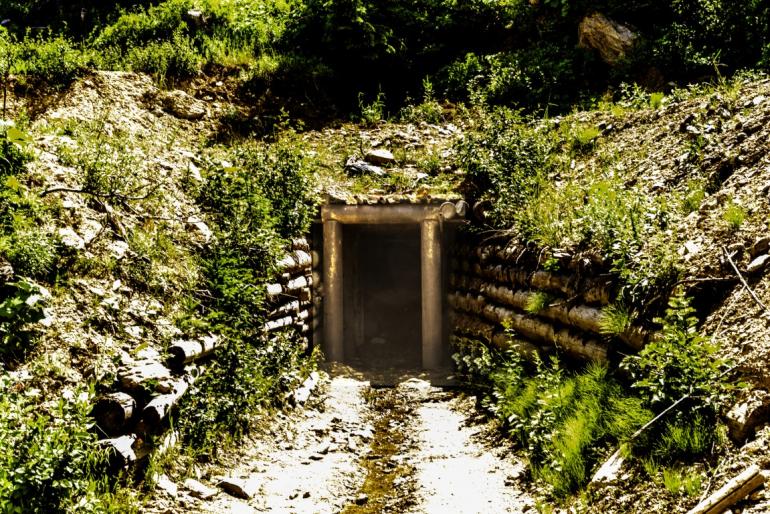
Photo by Bryan Spellman
Montana history is mining. All three of Montana Territory’s capitals got their start as gold rush towns. In 1862, when John White found gold on Grasshopper Creek, he was prospecting in Dakota Territory. A year earlier he would have been in Nebraska Territory, without changing position. A year later, the new town of Bannack was in Idaho Territory, and a year after that, Sidney Edgerton successfully lobbied President Lincoln to divide that area, creating Montana as we know it today.
Thus, from its very beginning, Montana has been linked to mining, as can be seen on the state’s Great Seal (which also appears on the state flag). Front and center are a miner’s shovel and pick and the state motto, “Oro Y Plata” (‘Gold and Silver’ in Spanish). There is barely a corner of Montana that has not been touched by mining.
By 1911, the Richest Hill on Earth and the town on that hill was home to fully one quarter of Montana’s population. One reason why Butte-Silver Bow shows number 1 on their license plates. But what about mining in Montana today?
The worldwide industry research firm IBISWorld claims that in 2018, Montana mining produced almost $2 billion in GDP and employed over 12,000 Montanans. Both figures represent a five-year decline of 6.6% and 3.9% respectively. It is difficult to extrapolate mining’s importance, as almost all sources combine mining with oil and gas extraction. Nor does this article look at coal.
Active mining takes place in 29 of Montana’s counties, and 26 minerals are mined in the Treasure State, the five most common of which are gold, silver, copper, lead and zinc. The sixth is uranium, with mines in 11 different Montana counties, although today none are active in Montana. Fifteen minerals are mined in one or two counties only, and platinum in only three.
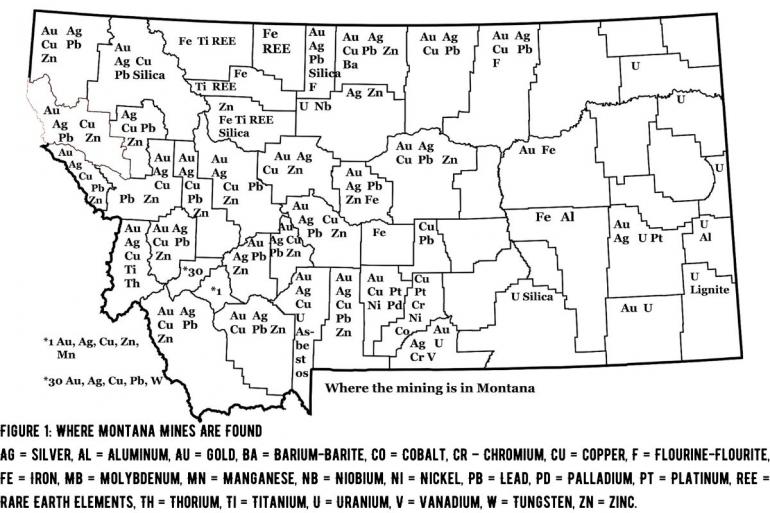
Gold, of course, is what brought prospectors to Montana in the first place. In 2021, it still plays a role in the state’s mining industry. The Bureau of Land Management counts 4,913 gold mines across the state, and in the 10 counties with the most mines, gold is first in five. It is being mined, or has been mined, in 30 of Montana’s 56 counties. (see Figure 2) And while there are large companies involved, there are a great many individuals still living like 21st-century prospectors.
I had the good fortune of meeting a couple who spent their life mining gold in Mineral County. In 1975, I was scouting a route for a cross-country bicycle tour when I stopped at the Gildersleeve Mine south of Superior. George and Fern Gildersleeve had been mining claims most of their married life at that point.
Recently while passing through Superior, I pulled off the interstate and drove 17 miles up into the mountains where I found the Gildersleeve Mine still in place. Fern and George are long gone, but the mine holdings are jointly owned by their descendants, and I had the great pleasure of talking with Anne Haskins, George and Fern’s granddaughter. The family is a good model of the smaller, family operations. Anne’s grandparents mined, as did her parents. Her husband, Tim, was a miner in Nevada and has now retired from 10 years as a mine inspector for the federal Mining Safety and Health Administration. Their son Chris prospects in his spare time, helps with the family claims, and has, as his “day job,” a position with the Stillwater Mine south of Columbus, Montana.
A few weeks back, I spoke with Jim Williams who started out prospecting for gold in Sanders County back in 1980. Williams told me that while he worked his mines mostly as a hobby, he did very well with his claims, especially after the price of gold hit $400 per ounce. He quit mining locally five years ago when his claims expired. He applied for a renewal, but the Forest Service had put so many barriers in place, he was unable to meet that agency’s requirements. He sold his claims, but to his knowledge, the man who bought him out has never been able to start mining.
As for the large operators, the largest gold mine in the state closed in 2019. The Golden Sunshine Mine is still visible north of Cardwell in Jefferson County. Much of the mountain has been torn away and the tailings are visible as flat surfaces where we would expect rolling foothills.
Silver has played an important role, with mines listed in 29 Montana counties. (see Figure 3) Silver, however, has almost always played a secondary role to gold and copper. The nature of the metal is to lie in shallow seams which are discovered as miners are looking for other minerals. Perhaps it should not surprise us that silver is number one in Sanders County, situated as it is across the mountains from the nation’s largest silver mining concentration—Shoshone County, Idaho.
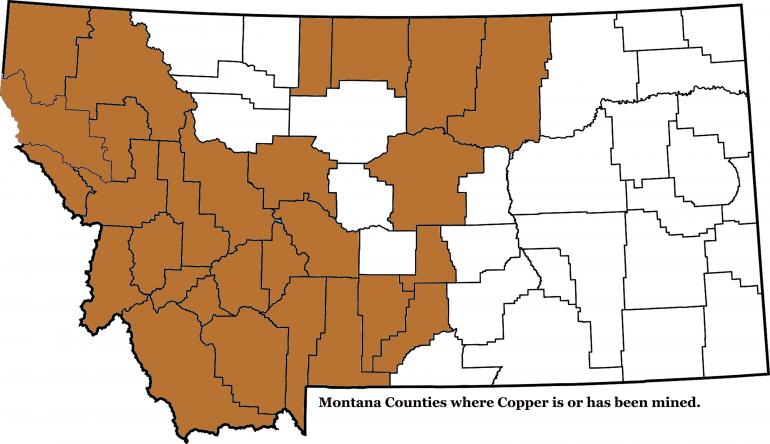
‘Gold and Silver’ may be the state’s motto, but arguably copper is what built Montana. After decades of strife, by 1910 Anaconda Copper Mining (ACM) had become the largest producer of copper in the United States. Those of us who grew up in the 1950s referred to ACM as “The Company,” and the common belief was that The Company ran the state of Montana. This article does not pretend to give a complete history of Butte or The Company, but a few details are noteworthy. In 1955, one of The Company’s officers told my father than in the 80 years of mining in Butte, the miners had never struck the main lode. That was the birth year of the Berkeley Pit—a vast open pit mine that ate the communities of Meaderville, McQueen and East Butte. The pit operated until 1977, when Atlantic Richfield (ARCO) bought what was left of ACM’s Butte operations. Since 1985, Montana Resources, one of Dennis Washington’s companies, has continued to mine copper in Butte, and has filed an amendment to its operating permit seeking permission to continue mining copper and molybdenum until 2040. Despite the pandemic, 2020 proved to be a better year than Montana Resources forecast. Mike McGivern, the company’s vice president of human resources, told the Montana Standard that by the end of 2020, the mine had produced just under 64 million pounds of copper, 8.6 million pounds of molybdenum, and 569,000 ounces of silver.
But ACM (and its successors) is not the only company interested in mining copper in Montana. The Canadian company Sandfire Resources just got permission to proceed with the Black Butte Copper mine along the Smith River in Meagher County. Hecla Mining, a company based in Coeur d’Alene, Idaho, has been trying for years to get permission to operate two silver and copper mines in Sanders County.
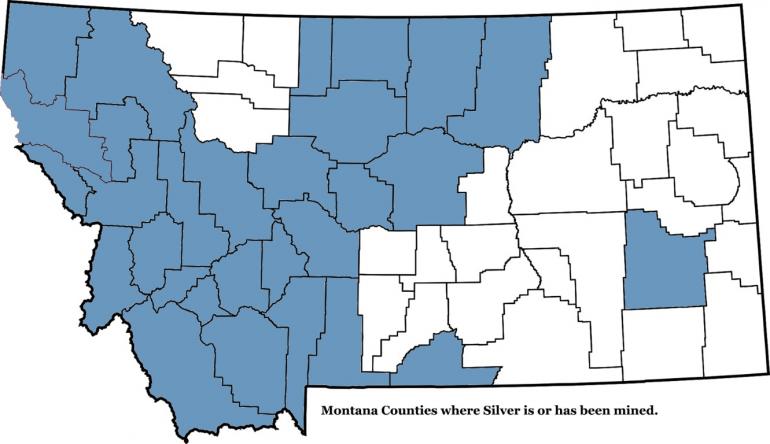
Silver mining in Montana
As important as minerals have been throughout Montana’s history, today’s Montanans look at other treasures in the Treasure State. The Black Butte Mine lies along the Smith River, and the battle for the Smith has attracted national attention, even making it into Rolling Stone (April 15, 2021). Recreation and tourism are more and more important to Montana’s economy. Many fear that the mine will destroy the river, both for the fishermen and floaters who use the river extensively, but also for the ranchers who depend on its clean water. They look at Montana’s EPA Superfund sites, like the Berkeley Pit and the town of Libby, where attempting to clean up the mining waste left behind by out-of-state companies has cost billions of dollars, and not been particularly successful. In addition, there is no way that the mountain eaten away by the Golden Sunlight Mine will ever be restored to its pre-mine existence. Looking at Montana’s future, we need to find a balance between the state’s many treasures.
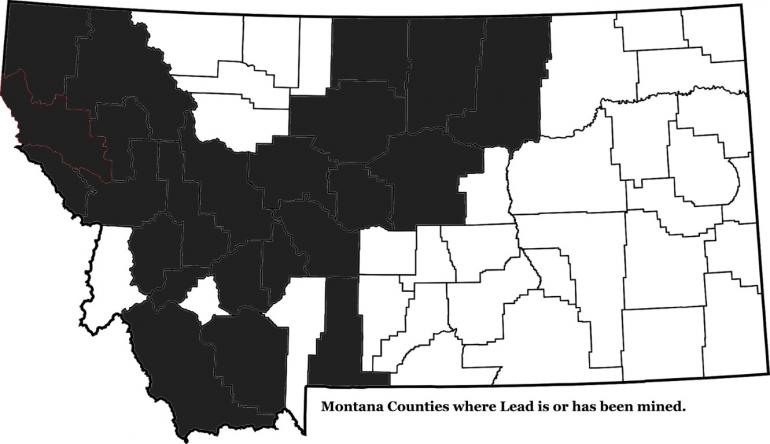
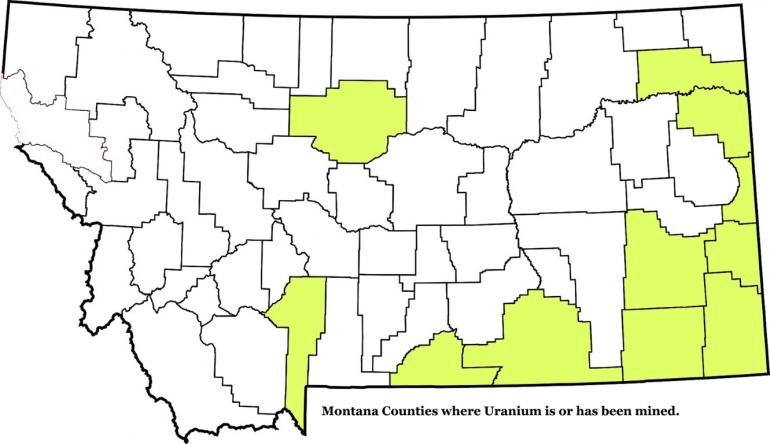
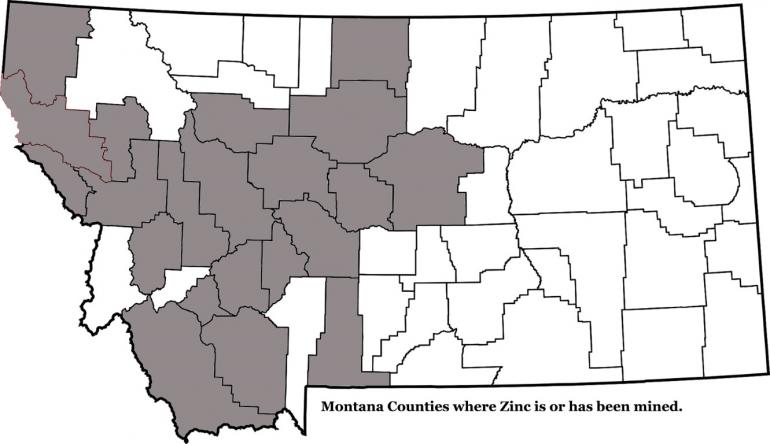
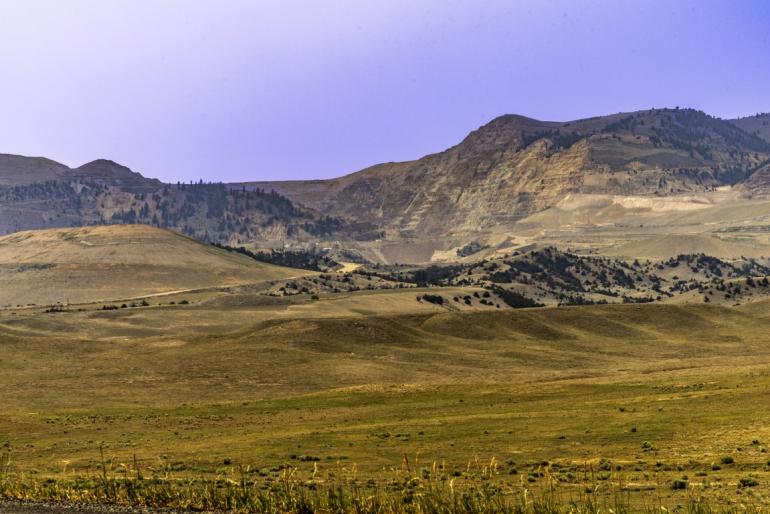
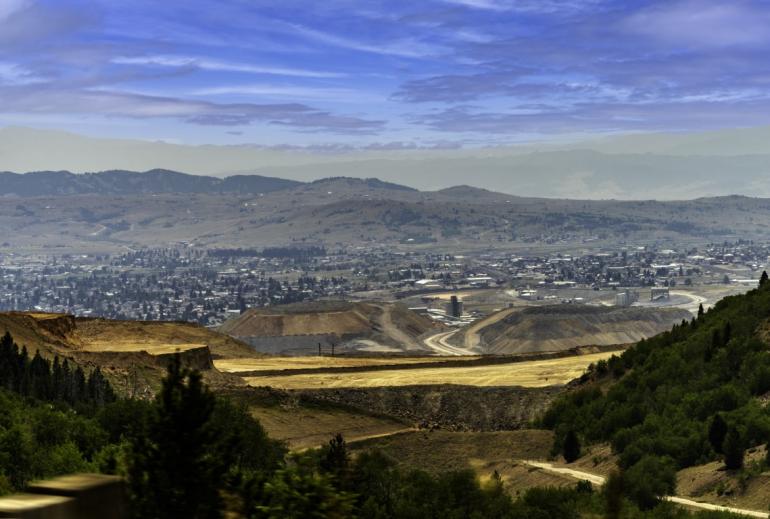
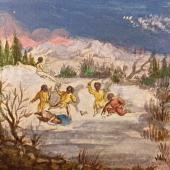

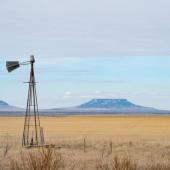



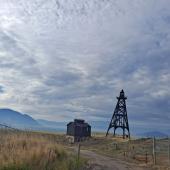


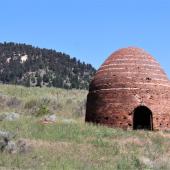
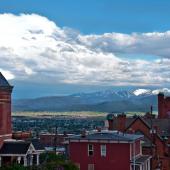
Leave a Comment Here